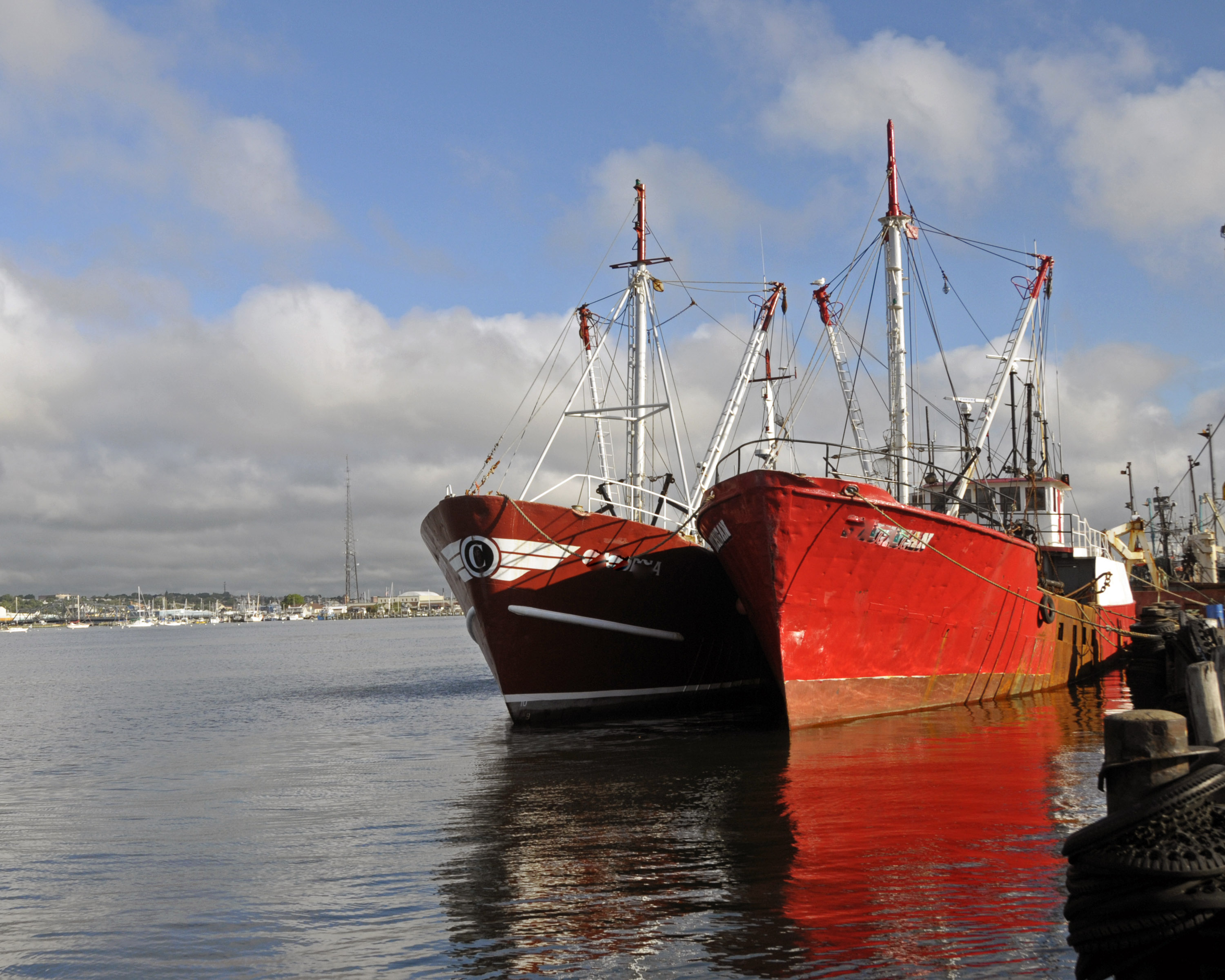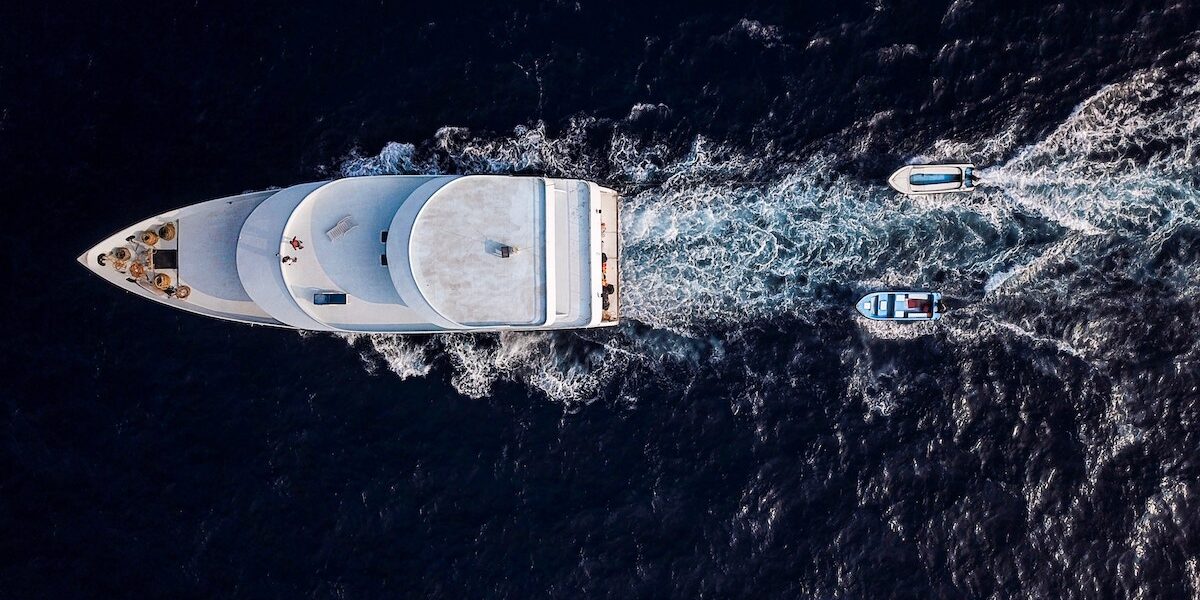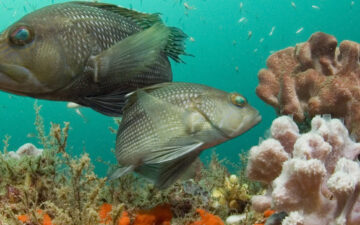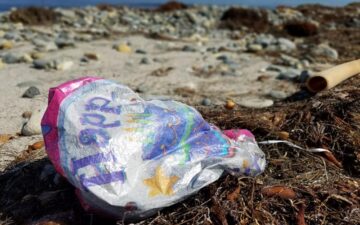In pursuit of our goals to increase ocean health while protecting fishing communities, The Ocean Foundation has worked long and hard with our fellow marine conservation philanthropists to fund a suite of ocean and fishery management tools, beginning with the Act in 1996. And some progress has indeed been made.
We are increasingly concerned, however, about the very human tendency, when confronted with problems of this magnitude and complexity, to seek the tempting “silver bullet,” the one solution that will achieve economic, environmental, and social sustainability for fishing endeavors globally. Unfortunately these “magic” solutions, while popular with funders, legislators and sometimes the media, never work as effectively as we would like, and they always have unintended consequences.

Take marine protected areas for example—it’s easy to see the benefit of setting aside particularly rich areas, protecting migratory corridors, or seasonally closing known breeding grounds—in order to support important parts of the life cycles of ocean creatures. At the same time, such protected areas cannot possibly “save the oceans” all by themselves. They need to be accompanied by management strategies to clean the water that flows into them, to minimize the pollutants that derive from air, land, and rain, to consider the other species that may be compromised when we meddle with their food sources or their predators, and to limit human activities that affect coastal, nearshore and ocean habitats.
A far less proven, but increasingly popular “silver bullet” strategy is that of individual transferable quotas (also known as ITQs, IFQs, LAPPS, or catch shares). This alphabet soup essentially allocates a public resource, i.e. a specific fishery, to private individuals (and corporations), albeit with some consultation from scientific sources as to the recommended “catch” allowed. The idea here is that if fishermen “own” the resource, then they will have incentives to avoid overfishing, to curb their aggression toward their competitors, and to help manage the protected resources for long term sustainability.
Along with other funders, we have supported ITQs which were well-balanced (environmentally, socio-culturally and economically), seeing them as an important policy experiment, but not a silver bullet. And we were encouraged to see that in some particularly dangerous fisheries, ITQs have meant less risky behavior by fishermen. We can’t help but think, however, that as with air, birds, pollen, seeds (oops, did we say that?), etc., trying to establish ownership over movable resources is, at a most basic level, somewhat absurd, and that basic problem has resulted in many of these property ownership schemes playing out in unfortunate ways for both fishers and fish.
Since 2011, Suzanne Rust, an investigative reporter for California Watch and the Center for Investigative Reporting, has been investigating the ways in which philanthropic support for ITQ/catch shares strategies may have actually harmed fishing-dependent communities and failed to achieve conservation goals. On March 12th, 2013, her report, System turns US fishing rights into commodity, squeezes small fishermen was released. This report acknowledges that, while fishery resource allocation can be a good tool, its power to make positive change is limited, particularly in the rather narrow way it has been implemented.
Of particular concern is that “catch shares,” despite rosy predictions from economics experts, have failed in their purported roles as 1) a conservation solution, as fish populations have continued to decline in areas subject to ITQs/catch shares, and 2) a tool for helping sustain traditional marine cultures and small fishers. Instead, an unintended consequence in many places has been the increasing monopolization of the fishing business in the hands of a few politically powerful companies and families. The very public troubles in the New England cod fisheries are just one example of these limitations.
ITQs/Catch Shares, as a tool by themselves, lack the means to address issues like conservation, community preservation, monopoly prevention, and multiple species dependencies. Unfortunately, we are now stuck with these limited resource allocation provisions in the most recent amendments to the Magnuson-Stevens Act.
In short, there is no statistically significant way to show that ITQs cause conservation. There is no proof that catch shares create economic benefits for anyone other than the quasi-monopolies which emerge once consolidation takes place. There is no proof that there are ecological or biological benefits unless fishing is curtailed and excess capacity is retired. However, there is plenty of evidence of social disruption and/or loss of community.
In the context of declining productivity in the world ocean, it seems a little odd to spend so much time and energy investigating the minutiae of one element of fisheries management policy. Yet, even as we seek to deepen the value of other fishery management tools, we all agree that ITQs need to be the most valuable tool they can be. To strengthen its effectiveness, we all need to understand:
- Which fisheries are either so overfished or in such rapid decline that these kinds of economic incentives are too late to inspire stewardship, and we might need to just say no?
- How we avoid perverse economic incentives that create industry consolidation, and thus, politically powerful and science-resistant monopolies, such as has occurred in the de facto 98% quota held by the two-company menhaden (a.k.a bunker, shiner, porgy) industry?
- How to define the rules in the right way to properly price ITQs as well as to prevent unintended social, economic and environmental consequences? [And these issues are why catch shares are so controversial in New England right now.]
- How do we ensure that bigger, better-funded, more politically powerful corporations from other jurisdictions do not shut community-tied owner-operator fleets out of their local fishery?
- How to structure any economic incentives to avoid conditions that could trigger claims of “interference with economic benefit,” whenever habitat and species protections or a reduction in the total allowable catch (TAC) becomes a scientific necessity?
- What other monitoring and policy tools do we have to use in combination with ITQs to ensure the significant excess capacity we have in fishing boats and gear does not just shift to other fisheries and geographies?
The new report from the Center for Investigative Reporting, like many other well-researched reports, should make marine conservation organizations and fishing communities take notice. It’s another reminder that the most simplistic solution is unlikely to be the best. The path to achieving our sustainable fishery management goals requires step-by-step, thoughtful, multi-pronged approaches.
Further Resources
For more information, please see our short videos below, followed by our PowerPoint deck and white papers, which communicate our own view of this important tool for fisheries management.
Catch Shares: Perspectives from The Ocean Foundation
Part I (Introduction) – “Individual Fishing Quotas” were created to make fishing safer. “Catch Shares” are an economic tool that some believe can can reduce overfishing. But there are concerns…
Part II – The Problem of Consolidation. Do Catch Shares Create Industrial Fishing at the Expense of Traditional Fishing Communities?
Part III (Conclusion) – Do Catch Shares Create a Private Property Right from a Public Resource? More Concerns and Conclusions from The Ocean Foundation.
Power Point Deck
White Papers
Rights-Based Management by Mark J. Spalding
Tools and Strategies for Effective Fisheries Management by Mark J. Spalding
Key Photo courtesy of NOAA







